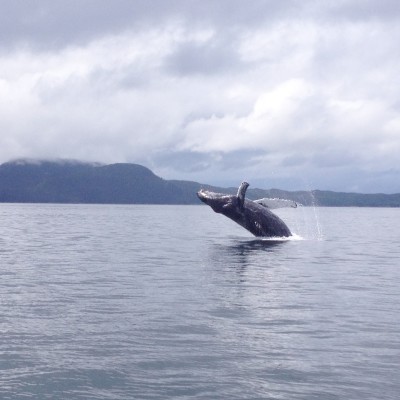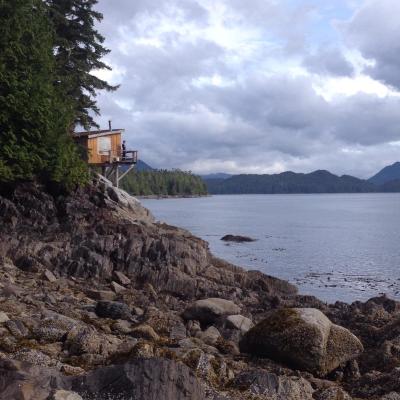Whale Point is located south of Gil Island near the village of Hartley Bay, on the fjords of the Great Bear Forest. The Cetacean Lab is located there to protect and research marine whales along the coast of BC. The nearby Caamano sound and Douglas Channel are Critical Habitat for Humpback Whales and a candidate of Critical Habitat for Killer Whales.
Earn 10 points!














